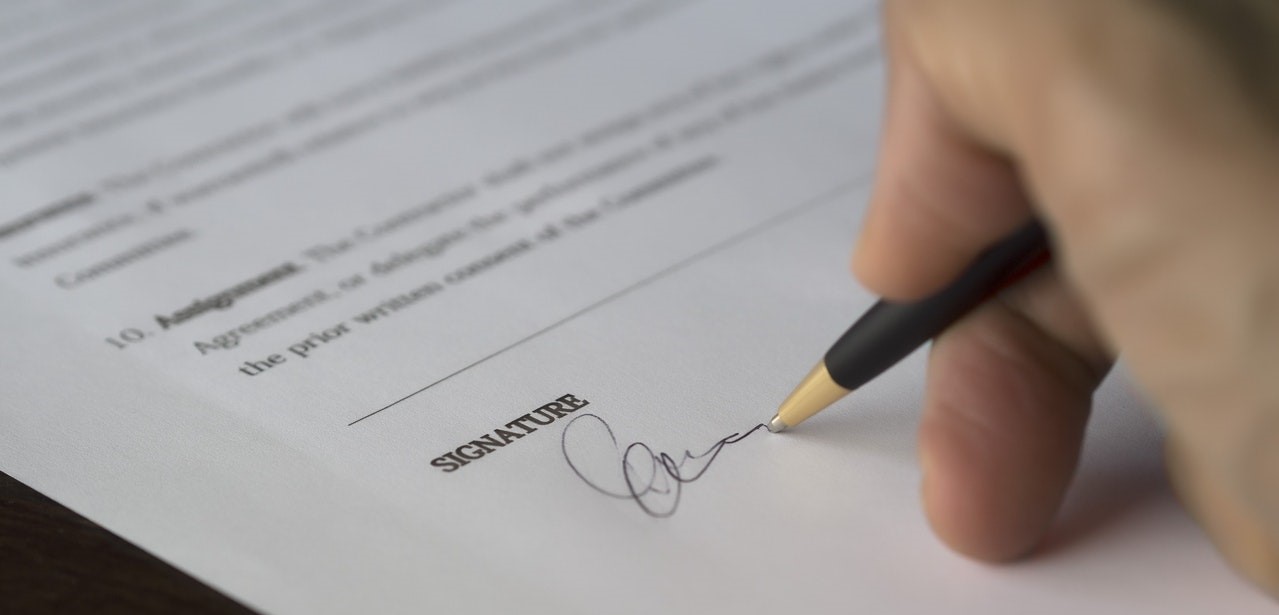What Happens if Only One Person Wants a Divorce?
If you’re looking into filing for divorce, then you and your spouse are probably not on the same page about something. In some cases, however, the question of whether or not to end the marriage creates the biggest rift of all.
As any good divorce attorney will tell you, this issue always comes out on the side of the party in favor of divorce. In fact, this is the inevitable outcome in cases of legal separation as well as absolute divorce.
When the defendant (meaning the non-filing spouse) refuses to sign divorce papers, the court has no choice but to take only the desires of the petitioner (or filing spouse) into account. This legal mechanism is known as a default divorce.
The defendant defaulting is sometimes the best-case scenario for the petitioner, especially if they are on bad terms with their spouse.
I mean, would you rather spend thousands upon thousands on a divorce lawyer in a complicated fault divorce case seeking a favorable divorce settlement agreement, or formulate an even better separation agreement with minimal money and effort?
As a side note, if you aren’t a New York divorce law expert, a fault divorce is one in which one spouse alleges wrongdoing (like adultery, abandonment, or cruel and inhuman treatment) on the part of the other spouse, and then has the opportunity to prove it in court.
Proving fault can sometimes benefit the spouse who made the allegation when it comes to spousal support (a.k.a. alimony), but it generally has no impact on the division of marital property, child custody (including both legal and physical custody), and child support.
Perhaps more importantly, proving fault is extremely difficult to do.
For example, if you’re alleging adultery, you’ll need some kind of evidence of that adultery to show the court, like compromising photos or an admission from your spouse. This generally means a lot of time in court and a big payday for your attorney.
As a result, no-fault divorce is much more common. When you go the no-fault route, you can generally expect a much smaller bill from your attorney, if you decide to hire an attorney at all.
In many ways, default operates very similarly to your average uncontested divorce. After all, the defendant can’t contest any terms of a proposed separation agreement if they remain absent from the divorce process entirely.
In case you’re wondering what exactly an uncontested divorce is, here’s a quick primer.
In an uncontested divorce, the parties agree on all terms that go into a separation agreement, like spousal support, child support, and custody. In uncontested divorce proceedings, the court must only issue a divorce decree, rather than making any major decisions.
Usually, parties to an uncontested divorce don’t even need to hire an attorney or appear in court at all, and can instead opt for an expedited divorce process such as an online divorce.
In a contested divorce, however, the parties are unable to reach an agreement, so they must each hire an attorney to advocate for them in court in a divorce hearing. In addition to each party giving up a lot of money to their attorney, they also give up their control to a judge.
Default and uncontested divorces are similar in that they do not lead to long, drawn-out court battles. However, if your spouse defaults, you should still probably consult with an attorney, because it’s a very touchy situation when someone waives their rights to such an extent.
Thus, while the absolute best-case scenario is still probably an amicable, uncontested, no-fault divorce, a default divorce judgment offers many of the same benefits. Meanwhile, defaulting has some pretty severe consequences for the defendant.
That’s why, even if you don’t want to get divorced, it is in your best interest to respond to the divorce petition and at least have your perspective heard by the court. That way, you can at least make sure that the spousal support and/or child support orders are affordable to you.
How Do I Obtain a No Signature Required Divorce In New York?
Now that you know a bit about what a default is in the context of divorce, let’s get into the mechanics of how a divorce in NY without a spouse’s signature actually works.
Step 1: Notify Your Spouse
Before you can move on with your divorce proceeding in the absence of your spouse, you must do your best to formally notify them that you have initiated a divorce action and give them an opportunity to respond.
Most of the time, people do this as part of the ordinary divorce paperwork. The first major divorce paper you’ll need to file is called the petition, and the purpose of it is to give the defendant some basic information about the divorce action.
After you or your attorney fills out the petition (and you pay the filing fee, of course), you can then have any third party over age 18 serve your spouse with the initial divorce documents.
But what happens if, at the time of your divorce filing, you are unable to locate your spouse in order to serve them with the divorce forms, despite your best efforts? Well, in that case, the court will accept what’s called notice by publication in lieu of formal service.
After you and/or your attorney prepare an affidavit detailing the reasonable efforts you have made to locate your spouse, you will then simply have notice of the divorce action published in the newspaper which you believe your spouse is most likely to see.
Step 2: Wait
Now that you have (actually or constructively) notified your spouse, even if you have strong reason to believe that they will not respond, you must give them an adequate opportunity to surprise you.
If you knew where to find your spouse and were able to serve them with the petition, then you must wait 20 days before you can proceed with your divorce with your spouse in default.
If you had to resort to notice by publication, then you must run the information at least once a week for at least three weeks, after which your spouse is given 30 days to respond.
Once the requisite period has been satisfied, then you may proceed with your divorce action without their input.
Step 3: Move Forward With Your Divorce
If at this point your spouse has still not responded, the rest of your divorce will look a lot like any other uncontested divorce. You’ll have papers to sign and deadlines to meet; your spouse simply won’t be participating in any of it.
At the end of the process, you’ll get exactly what you came for: a final decree of divorce. It can be frustrating going through this without your spouse’s cooperation but believe us, you’re perfectly capable of going it alone.
Can You Get a Divorce if Your Spouse Refuses to Sign?
The answer is a resounding yes. The state of New York has no interest in forcing anyone to stay married against their will. The process is set up to protect your rights, whether your spouse is merely uncooperative or nowhere to be found.
A solo divorce is probably not what you had in mind when you sought independence from your spouse, but we know that you’re up to the challenge should it be necessary.
To continue learning about divorce in New York, see the following articles in the series:
- How to File for Divorce in New York
- New York divorce papers
- New York divorce process
- How much does a divorce cost in New York
- Legal Separation vs. Divorce in New York
- No Fault Divorce in New York
- New York Online Uncontested Divorce
- The New York Divorce Law Waiting Period
- How is Property Divided in a New York Divorce?
- How Long Does It Take to Get a Divorce in New York?




Comments